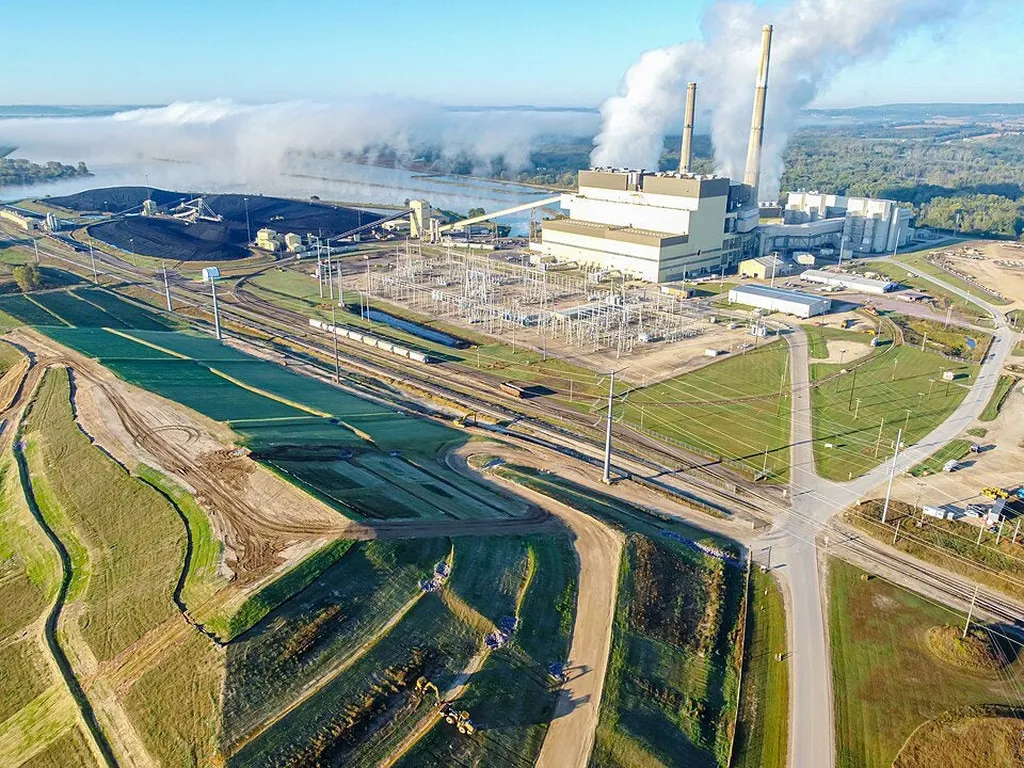The U.S. Environmental Protection Agency (EPA) has taken significant steps to adjust regulatory timelines for coal-fired power plants, potentially reshaping the energy sector’s trajectory. On September 29, the EPA proposed extending seven compliance deadlines under the 2024 Steam Electric Power Generating Effluent Limitations Guidelines (ELGs), pushing back zero-discharge requirements for various wastewater streams from December 2029 to December 2034. The agency justified this move by stating it would “support affordable implementation of advanced treatment technologies” and address surging power demand.
The EPA’s proposed rule, published in the Federal Register on October 2, aims to extend deadlines for flue-gas desulfurization (FGD) wastewater, bottom-ash transport water, and coal combustion residual (CCR) leachate. Notably, the agency also seeks to align pretreatment timelines for indirect dischargers with direct-discharger schedules, ensuring consistency across compliance deadlines. The EPA emphasized that these changes do not reopen the 2024 Best Available Technology (BAT) determinations or the zero-discharge limits but rather adjust timing and mechanics to facilitate compliance.
In a parallel move, the EPA issued an Advance Notice of Proposed Rulemaking (ANPRM) under the Clean Air Act’s Regional Haze Rule (RHR). This initiative seeks public input on restructuring the implementation of the program, which governs visibility protection in national parks and other federally designated areas. The EPA aims to streamline and clarify the RHR to reflect lessons learned from the current planning period and ensure the next phase meets the law’s goals effectively.
These measures were unveiled alongside a high-profile opinion piece in Fox News, co-authored by EPA Administrator Lee Zeldin, Energy Secretary Christopher Wright, and Interior Secretary Doug Burgum. The officials framed the wastewater and air-quality actions as part of President Trump’s “energy dominance” agenda, emphasizing the need to “bring back beautiful, clean coal” and preserve reliable, affordable power amid increasing electricity demand.
The EPA’s proposed rule also includes a companion direct final rule, a procedural mechanism that allows for expedited adoption if no significant adverse comments are received. This dual filing approach is designed to provide regulatory certainty to affected facilities promptly.
Notably, the EPA indicated that the current deadline-extension effort could serve as a foundation for a broader follow-on rulemaking. The agency is soliciting detailed information from utilities, engineering firms, and technology vendors on the availability, performance, and economic achievability of existing and emerging wastewater-treatment systems. This data will help the EPA evaluate the real-world feasibility of these technologies for potential inclusion in a future update to the steam-electric guidelines.
The proposed measures, if finalized, will apply to approximately 500 steam electric power generating facilities, the vast majority of which are coal-fired. The EPA’s actions reflect a response to changing conditions and reliability concerns, potentially influencing the sector’s development by extending the operational lifespan of coal-fired plants and shaping future regulatory frameworks.
These developments raise critical questions about the balance between environmental protection and energy reliability. As the EPA seeks to address surging power demand and the challenges of implementing advanced treatment technologies, the energy sector may witness a shift in regulatory priorities. The proposed extensions and the solicitation of data on wastewater-treatment systems could pave the way for more flexible and technologically advanced compliance strategies. However, the long-term implications for environmental quality and the transition to cleaner energy sources remain to be seen. The sector must now grapple with these complexities, as the EPA’s actions could significantly impact the future of coal-fired power and the broader energy landscape.

